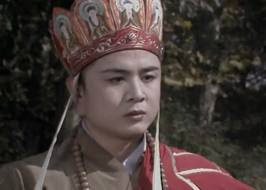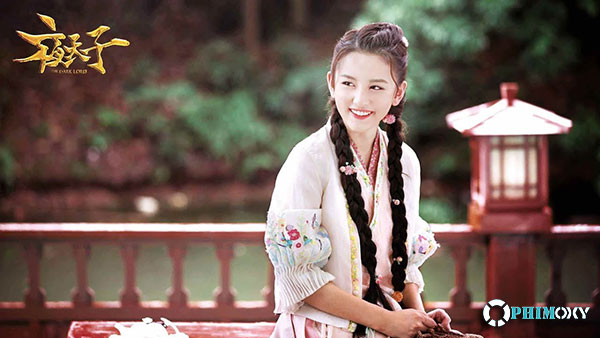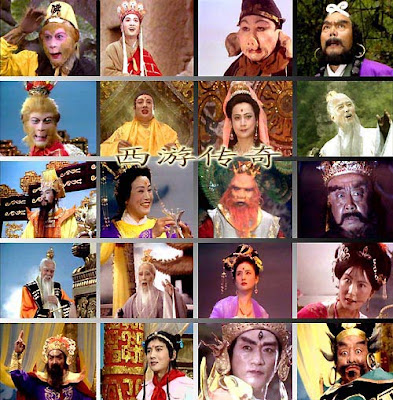
The second nuclear bomb dropped on Nagasaki (August 9, 1945) forced the Japanese to surrender the Allies without condition, on August 15, 1945, officially ending the war on the Pacific front. It had more than two thousand times the blast power of the British Grand Slam, which is the largest bomb ever used in the history of warfare.” With only 30,000 words, a calm voice, and matter-of-fact descriptions, John Hersey reported the wrestling survival of the six witnesses hours and days after the disaster, the city in a literal inferno, and the responses of the Japanese government. He and Father Cieslik tasted it and it was good.Įlsewhere in the city, some people caught a radio wave broadcasting the American president’s announcement: “That bomb had more power than twenty thousand tons of T.N.T. Some descriptions are striking: “The asphalt of the streets was still so soft and hot from the fires that walking was uncomfortable”, “In the garden, on the way to the shelter, he noticed a pumpkin roasted on the vine. Chapter 2 (The Fire) dedicated to describing how the people of Hiroshima struggled for life in ceaseless hell fire, their insufferable pains and torment as the walking zombies crowding the streets, the riversides, the hospitals.

The survivors didn’t remember what exactly happened next, except that they were thrown far hundreds of yards, crushed by the collapsed buildings, or cut by the sharp debris. At exactly fifteen minutes past eight in the morning, the atomic bomb flashed above Hiroshima, knocking out the city dwellers among them six witnesses. The city had preparations such as trenches, shelters, and public radio speakers however, the alerts repeated daily just reacting to American weather jets.



There had been warnings that Hiroshima, an important seaport and industrial powerhouse, would come next in the American bombing list, and that it would receive a “special treatment” from the Americans.


 0 kommentar(er)
0 kommentar(er)
